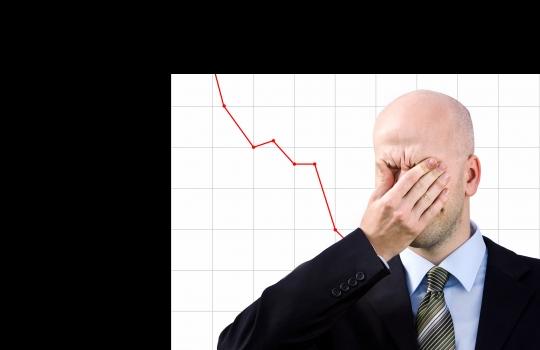The official pre-Christmas job figures are so bad that even Santa’s elves should be worrying about their positions, experts have warned.
According to data from the Office for National Statistics, the number of unemployed jumped by 128,000 to 2.64 million for the three months to October – the highest figure since 1994. The overall joblessness rate remained stable at 8.3% compared with 7.9% in the July quarter, however. But the last time that the percentage was higher was in the three months to April 1996.
The number of people claiming Jobseeker’s Allowance, meanwhile, rose by 3,000, which was lower than the previous quarter’s 5,300. But the total number of claimants was up 138,600 on a year-on-year basis in November.
The situation was particularly bad among 16 to 24 year olds, where the number out of work rose by 1.2% compared with the previous quarter, bringing youth unemployment rates to an horrendous 22% – the equivalent of 1.03 million people.
To make matters worse, the annual growth rate for regular pay, excluding bonuses, hit only 1.8% compared with inflation rates that were up 4.8% year-on-year in October, leading to big drops in real household income.
Cold comfort
Experts failed to wring any comfort from the figures. In fact, John Philpott, chief economic adviser at the Chartered Institute of Personnel and Development, said that they were “so bad even Santa’s elves will be feeling insecure”.
“The quarterly rise of 128,000 in unemployment is itself enough to dampen the spirits, but what’s worse is news that private sector job growth is almost at a standstill, while public sector employment is falling at twice the rate projected by the Office for Budget Responsibility,” he explained.
The hope that private sector job creation would offset large-scale public sector job cuts even in the short-term had proved false and unemployment would continue to climb throughout next year, regardless of what happened in the Eurozone, Philpott added.
Daniel Soloman, economist at the Centre for Economics and Business Research, agreed that the outlook was gloomy. Worries about real income and employment prospects meant that short-term consumer spending growth and private sector investment would remain under “real pressure”, he said.
“Hence, we expect the economy to contract in the final quarter of 2011 – and it will be a real challenge for the economy to avoid recession in the New Year. Against this backdrop, we expect the unemployment rate to rise to a peak at a little over 9% in 2013, before beginning to fall back,” Soloman warned.
Concerns over the future of the Eurozone meant that any medium-term predictions were “shrouded in uncertainty”, however, he added.






